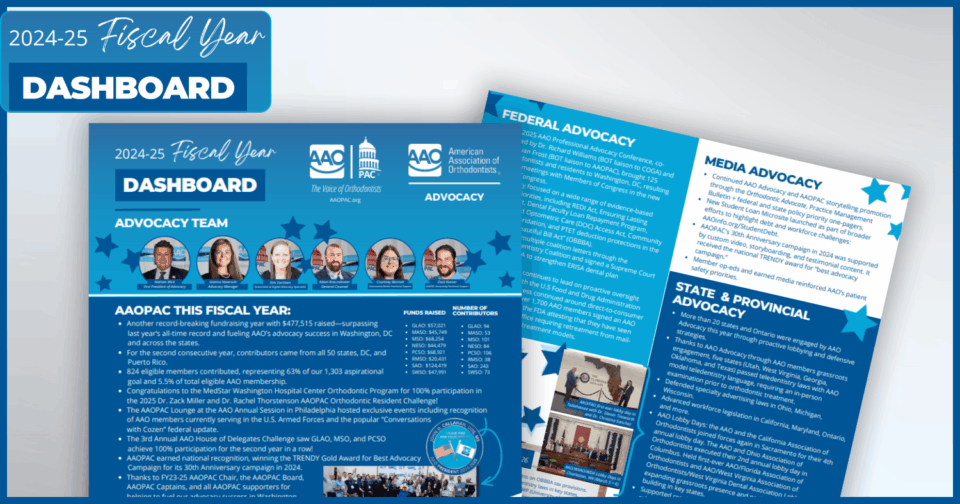Items to take action on before Dec. 31, 2020.
While tax planning strategies should be implemented throughout the year, this year has had a myriad of changing legislation for business owners to keep up with.
Now is the time to pause and review your tax strategy to make sure you consider the following before Dec. 31, to help minimize your tax liability for 2020:
Paycheck Protection Program (PPP)
Enacted under the Coronavirus Aid, Relief and Economic Security (CARES) Act, PPP is a forgiving small business loan program derived from a private/public partnership between certain lending institutions and the U.S. Small Business Administration (SBA).
To receive loan forgiveness, the borrower has to spend the loan dollars on qualified expenses. The program has provided an extension of the expense forgiveness period beginning on the date of the origination of a covered loan and ending the earlier of 1) the date that is 24 weeks after such date of origination; or 2) Dec. 31, 2020.
If the SBA forgives a taxpayer’s PPP loan, the amount of the loan is then excluded from gross income. Taxpayers cannot deduct expenses that are allocable to income that is either wholly excluded from gross income or wholly exempt from the taxes. This rule exists in order to prevent double tax benefits.
Thus, taxpayers need to be aware that the IRS has determined that those who have their PPP loans forgiven may not deduct any business or interest expenses paid with their forgiven PPP loan dollars.
Employment Tax Credits
Employers with operations that have been partially or fully suspended due to governmental orders due to COVID-19, or businesses that have a significant decline in gross receipts compared to 2019, can claim the employee retention credit, a refundable tax credit equal to 50% of up to $10,000 in qualified wages (including health plan expenses) per employee for all quarters, paid from March 13, 2020, through Dec. 31, 2020. This tax credit is offered under the CARES Act and is only available to employers who did not receive a PPP loan.
In addition, employers are entitled to receive a credit in the full amount of the sick leave wages and family leave wages they are required to pay certain employees in connection with the COVID-19 pandemic, plus related health insurance costs and the employer’s share of payroll tax on the leave, for the period of April 1, 2020, through Dec. 31, 2020.
Required Minimum Distribution (RMD)
The Setting Every Community Up for Retirement Enhancement (SECURE) Act changed the RMD from 70 ½ to 72 years of age and is effective for distributions made after Dec. 31, 2019. The new required beginning date for an IRA owner is April 1 of the calendar year following the calendar year in which the individual attains age 72, rather than April 1 of the calendar year following the calendar year in which the individual attains age 70 ½.
As a result of this change, IRA owners who will attain age 70 ½ in 2020 will not have a required beginning date of April 1, 2021. The waiver applies for calendar year 2020 to defined contribution plans, certain annuity plans and traditional or Roth IRAs. The waiver allows seniors to hold on to their plan assets when they might otherwise have to sell at market lows. It is our recommendation to try to use personal assets for spending and delay any remaining RMDs until 2021.
401(k) Deferrals
This year the limits have increased to $19,500 for those under 50, or $26,000 for those over 50 by the end of the year. With most plans, you can only change your deferrals three times per year: on January 1, July 1 and December 1. Many doctors did not take payroll for 2-3 months this year, due to COVID-19 shutdowns. Adjust as necessary with the last paycheck to ensure you reach the maximum 401(k) deferral and maximum tax savings. This applies to both the doctor and spouse if both are paid through the business.
Defined Benefit Plan
Have you maximized your 401(k) Plan but still looking for a way to save more into a tax deferred environment? Consider a Defined Benefit Plan, and it’s not too late to add this plan for 2020.
For tax years beginning after 2019, this plan must be signed by the extended due date of the business filing with extension. The due date for funding the 2020 plan year is the due date you file your business tax extension but no later than Sept. 15, 2021.
Charitable Contributions
The CARES Act enhances tax incentives for making charitable contributions for the 2020 tax year.
First, it allows an above-the-line deduction of up to $300 for charitable contributions made by individuals. Additionally, the percent of adjusted gross income (AGI) limitations are increased for all taxpayers.
For the 2020 tax year, individuals can claim an unlimited itemized deduction for a charitable contribution, which is normally limited to 50% of AGI. In the case of corporations, the usual 10% of AGI limitation is increased to 25% for the 2020 tax year.
Qualified Business Income Deduction (QBI)
This 20% pass-through deduction is potentially limited for dental service providers when your taxable income exceeds an inflation-adjusted threshold amount of $326,600. You may fall under the threshold that would allow you to take advantage of some or all of the 20% exclusion. See CWA’s previous blog for opportunities to minimize income.
Additional Reminders
Verify that you have enough taxes paid in by Dec. 31, 2020 in order to avoid paying any penalties or interest. You can do this either through your payroll tax withholdings or with a fourth quarter estimated tax payment, no later than Jan. 15, 2021. Pay any additional state taxes due by year-end as these may be taken as a deduction on your federal tax return.
If you have personally paid any business expenses this year, have the business reimburse you. These expenses include meals, business trips, auto expenses, supplies, etc. This can also include continuing education expenses like the AAO Winter Conference. Entertainment expenses generally are not deductible although there are many exceptions.
If you need new equipment and the equipment will increase your ability to make more money in the future, buy before year-end. The section 179 and bonus depreciation rules allow doctors to write-off substantial equipment purchases. When planning a capital investment purchase, do not, however, buy equipment solely for the deduction. Paying the taxes, in this case, would cost you less.
If you operate in an S Corporation and pay for your health insurance through your business, you must report the premiums paid on your form W-2. While these premiums are not considered wages for employment taxes, it must be reported here in order to be deducted on the S Corporation and the shareholder’s personal return.
Though taxes are already complex, this year has been made uniquely complicated for business owners.



